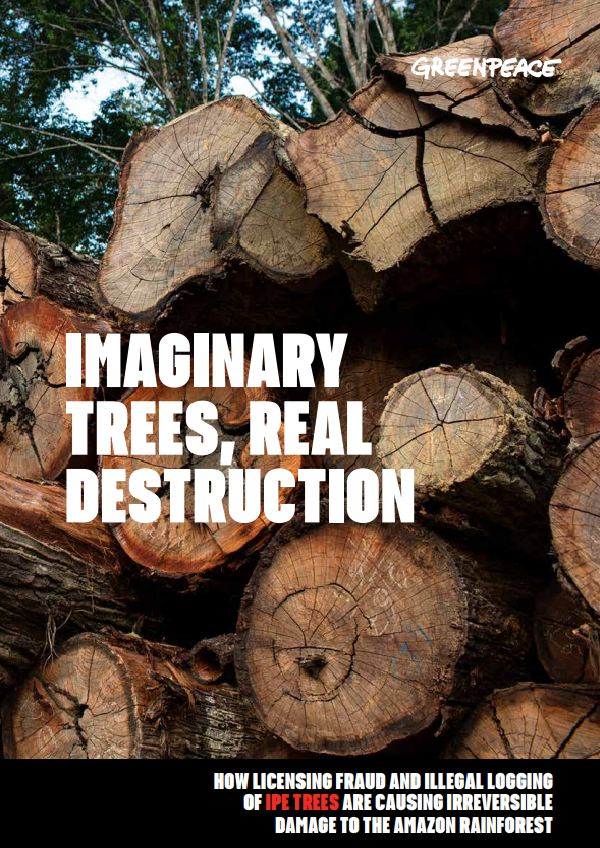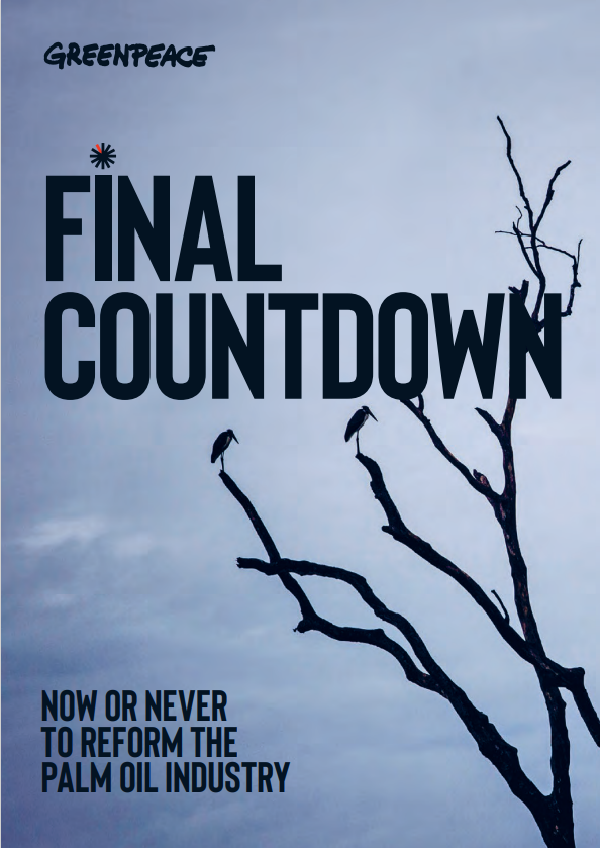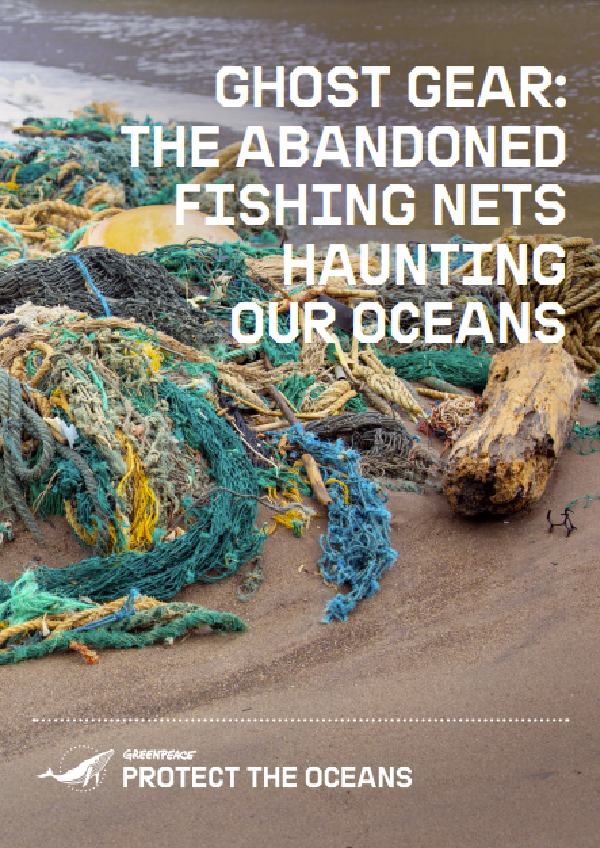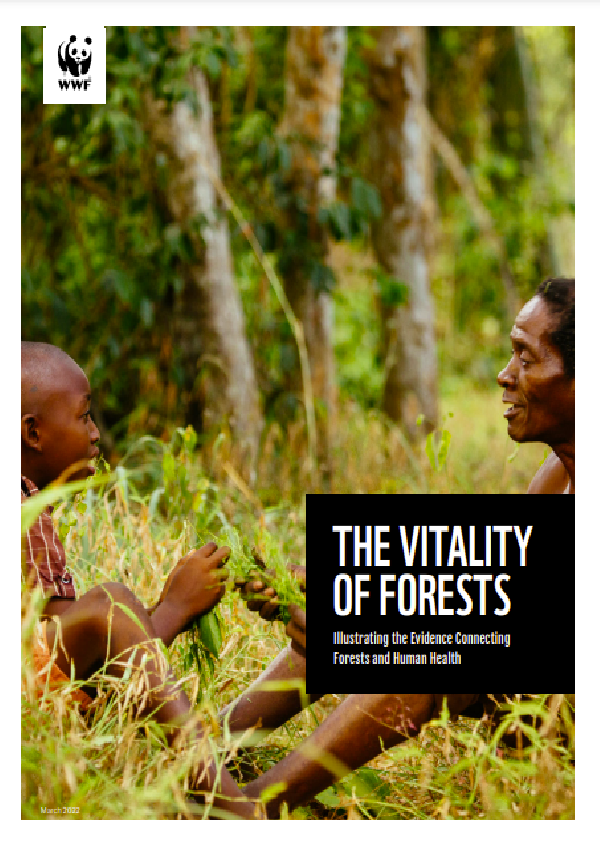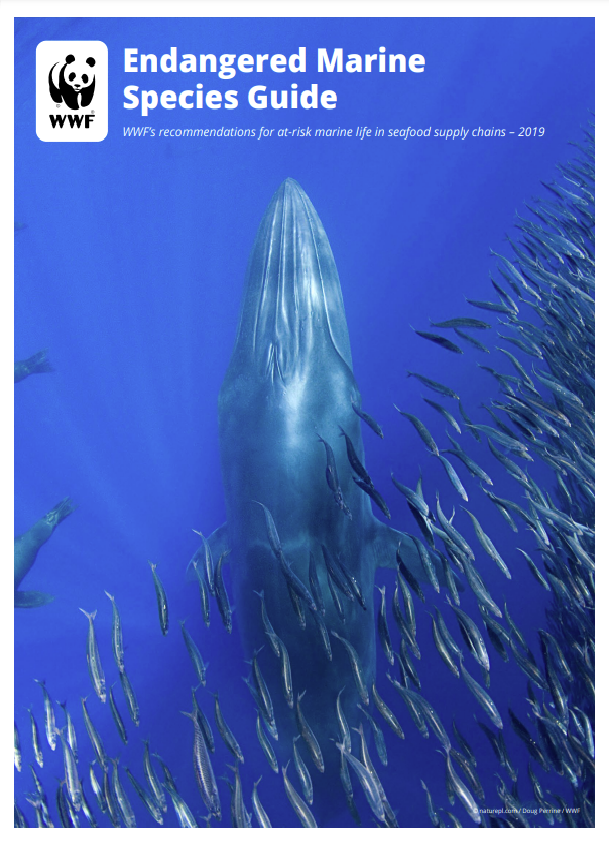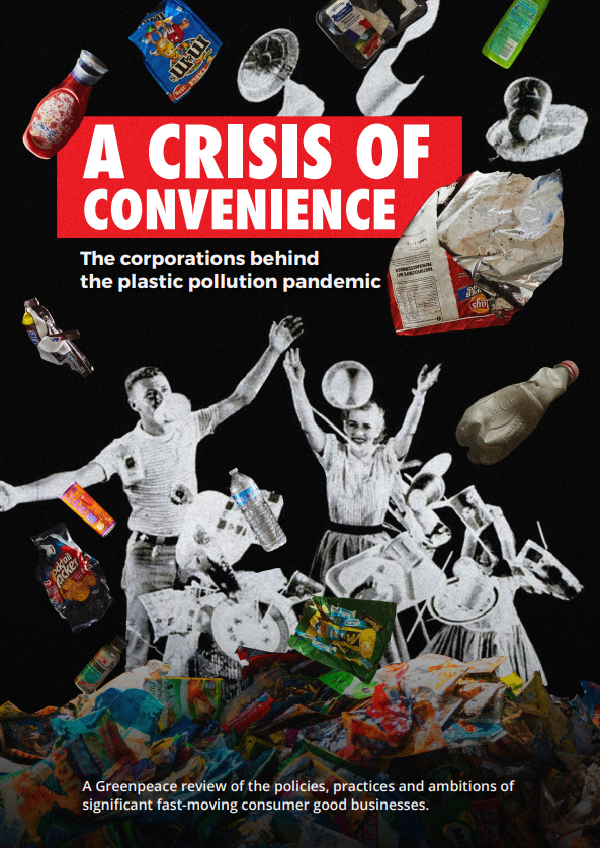Brazil started to monitor deforestation in the Amazon Rainforest in 1988. Despite massive forest degradation and destruction over the last 30 years, the government has failed to find a viable solution to the crisis of illegal logging.
Production of illegally harvested timber remains high, reflecting the unreliability of the country’s forestry licensing and control systems. While in recent years Brazil’s environmental agencies have strengthened the enforcement of forest preservation policy, lately, this process appears to have stalled.
Since 2014, when Greenpeace Brazil launched a series of investigations into illegal logging in the Brazilian Amazon, the organization has been highlighting the inadequacy of official documentation as a guarantee of the legal origin of Amazon timber. Due to various forms of fraud that are common at the licensing, harvesting, and commercialization stages of timber production, it is almost impossible to distinguish between legally and illegally logged timber.
The main timber-producing states in the Brazilian Amazon – Mato Grosso and Pará – operate decentralized and non-integrated forestry licensing and control systems. These systems’ lack of integration makes it harder to tackle fraud. At the same time, the market has proved reluctant to adopt its own measures to mitigate the risk of its supply chain becoming contaminated with illegal Brazilian timber.
A critical flaw in the Amazon states’ forestry governance lies in the weakness of the licensing process for Sustainable Forest Management Plans (Planos de Manejo Florestal Sustentável, PMFSs) – one of the first steps in the process of legal timber harvesting. For the most part, no field inspections are conducted before PMFSs are drawn up. When they are carried out, the quality of inspection tends to be very low (as described in chapter 2). This allows the forest engineers responsible for estimating the volume of wood available for cutting within a given Forest Management Area (Área de Manejo Florestal, AMF) to overestimate volumes or fraudulently add trees of high commercial value to the area’s forest inventory. State agencies subsequently issue credits for the harvesting and movement of this non-existent timber. These credits are then used to “cook the books” of sawmills that are processing trees illegally logged from forests on indigenous lands, protected areas, or public lands.
An unpublished study carried out by researchers from the Luiz de Queiroz School of Agriculture at the University of São Paulo (Esalq/USP) looked at the density, in cubic meters per hectare, of Ipe genus Handroanthus spp. (formerly known as Tabebuia spp.) reported in the inventories of 586 forest areas subject to PMFSs that were licensed in the State of Pará between 2013 and 2017. The study showed that 77% of these inventories registered volumes of Ipe above levels that earlier research and inventories taken in five national forests in Pará had identified as probably being the naturally occurring maximum.
Building on this work, the Greenpeace Brazil team has carried out an analysis of all the valid Logging Authorisations (Autorizações para Exploração Florestal, AUTEFs) from 2016 to 2019 for Annual Production Units (Unidades de Produção Anual, UPAs) that contained species of Ipe, authorized by the Department of the Environment of Pará state (Secretaria Estadual de Meio Ambiente e Sustentabilidade, Semas) (as described in chapter 2).
For a more detailed evaluation, Greenpeace Brazil went on field trips with researchers from USP and technicians from the Brazilian Institute of the Environment and Renewable Natural Resources (Instituto Brasileiro do Meio Ambiente e dos Recursos Naturais Renováveis, Ibama) to verify the identity of remaining trees and tree stumps listed as Ipe in the forest inventories of six AMFs (as described in chapter 3). This fieldwork verified that incorrect botanical identification, the deliberate overestimation of tree volume, and the listing of non-existent trees were among the main strategies used to illegally extract timber both from within the six AMFs and from other areas.
The present report provides evidence that a weak licensing regime and indiscriminate and illegal logging of Ipe are causing damage to the forest and its inhabitants. Some of the effects of this environmental crime are already visible, including deeper encroachment of illegal roads and growing degradation of the forest, the destruction of biodiversity, and intensification of violence in the countryside.
Brazil urgently needs forest governance and enforcement system capable of ensuring that all timber logged in the Brazilian Amazon is extracted legally and with full regard to the rights of its Indigenous Peoples and other traditional inhabitants.
Source: Greenpeace (http://www.greenpeace.org)
